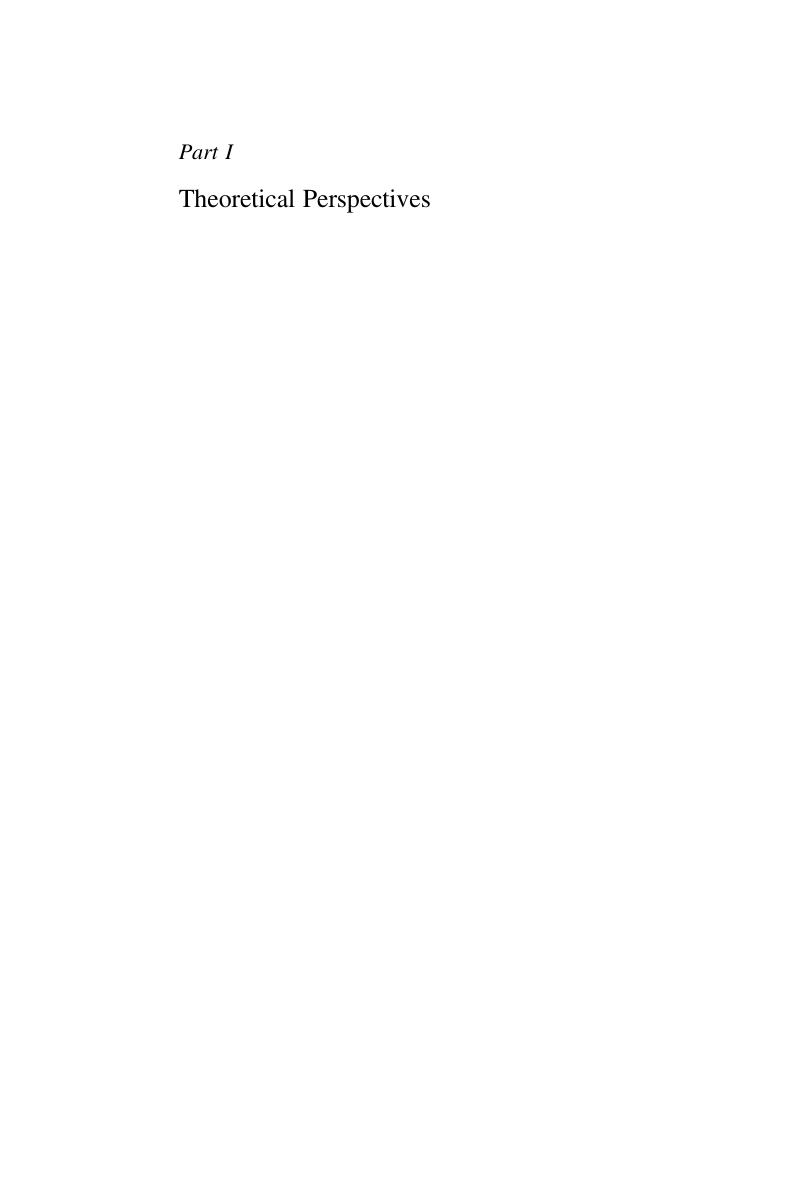Part I - Theoretical Perspectives
Published online by Cambridge University Press: 27 February 2018
Summary

Information
- Type
- Chapter
- Information
- Practice in Second Language Learning , pp. 5 - 52Publisher: Cambridge University PressPrint publication year: 2018
